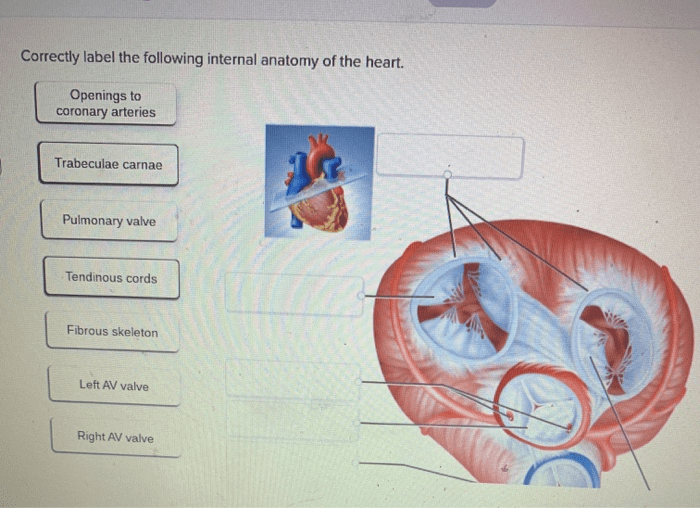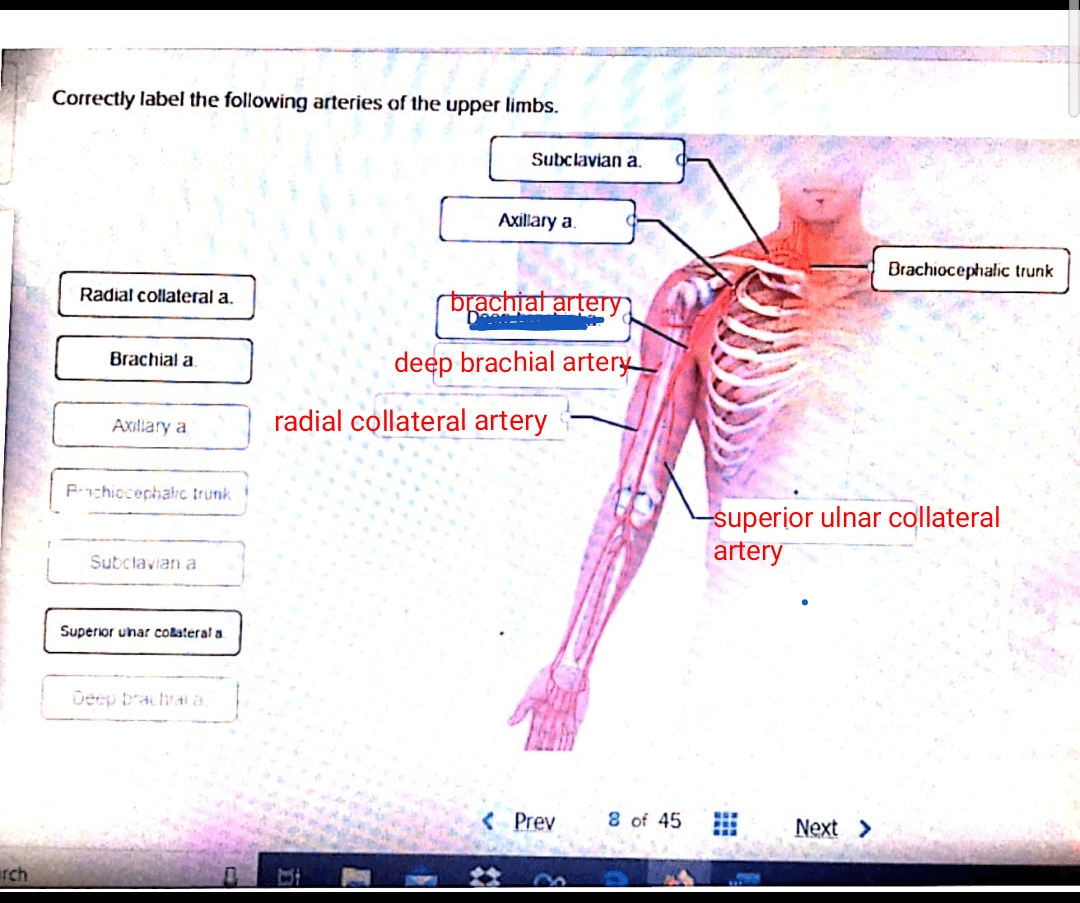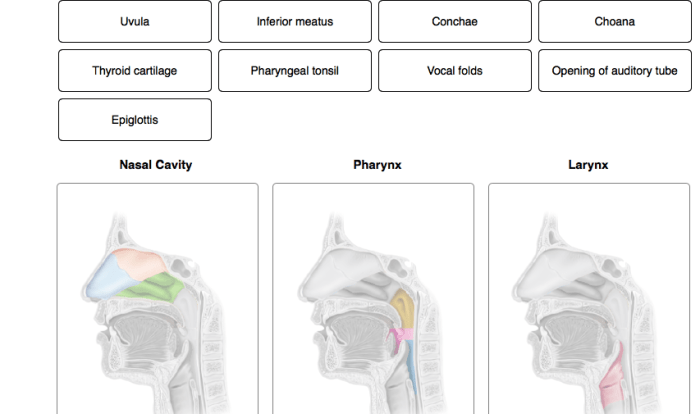Correctly label the following arteries of the upper limbs – Correctly labeling the arteries of the upper limbs is crucial for medical procedures and accurate diagnosis. This guide provides a comprehensive overview of the major arteries, their branches, and variations, highlighting the importance of accurate labeling for optimal patient care.
Understanding the arterial anatomy of the upper limbs is essential for medical professionals to perform surgical interventions, administer injections, and diagnose vascular diseases. This guide serves as a valuable resource for students, practitioners, and researchers seeking a thorough understanding of this topic.
Arteries of the Upper Limbs: An Overview

The upper limbs, comprising the arms and hands, are supplied by a complex network of arteries that deliver oxygenated blood to the tissues. Understanding the anatomy and nomenclature of these arteries is crucial for medical procedures, diagnosis, and treatment of vascular diseases.
Major Arteries of the Upper Limbs

Axillary Artery
The axillary artery is the continuation of the subclavian artery beyond the lateral border of the first rib. It courses inferiorly through the axilla, supplying branches to the shoulder and chest wall.
Brachial Artery
The brachial artery is the continuation of the axillary artery distal to the teres major muscle. It descends along the medial aspect of the arm, giving off branches to the elbow joint and forearm.
Radial Artery, Correctly label the following arteries of the upper limbs
The radial artery is one of the two terminal branches of the brachial artery. It travels along the lateral side of the forearm and supplies blood to the thumb, index finger, and middle finger.
Ulnar Artery
The ulnar artery is the other terminal branch of the brachial artery. It travels along the medial side of the forearm and supplies blood to the ring finger, little finger, and ulnar aspect of the hand.
Branches of the Major Arteries

| Artery | Branches | Distribution |
|---|---|---|
| Axillary Artery | – Thoracoacromial Artery
|
– Shoulder joint
|
| Brachial Artery | – Profunda Brachii Artery
|
– Deep muscles of the arm
|
| Radial Artery | – Superficial Palmar Arch
|
– Palm of the hand
|
| Ulnar Artery | – Deep Palmar Arch
|
– Palm of the hand
|
Variations in Arterial Anatomy

Variations in the arterial anatomy of the upper limbs are common. These variations can affect surgical procedures and medical interventions. Some common variations include:
- Bifurcation of the brachial artery into the radial and ulnar arteries at a higher level
- Absence of the radial or ulnar artery
- Presence of an additional median artery
- Reversed position of the radial and ulnar arteries
Clinical Significance of Correct Labeling: Correctly Label The Following Arteries Of The Upper Limbs
Accurate labeling of arteries is essential for precise diagnosis and treatment of vascular diseases. Mislabeling can lead to errors in medical procedures, such as arterial punctures or catheterizations. For example, misidentifying the radial artery for the ulnar artery during an arterial puncture can result in inadequate blood flow to the hand.
FAQ Summary
What are the main arteries of the upper limbs?
The main arteries of the upper limbs include the axillary artery, brachial artery, radial artery, and ulnar artery.
Why is it important to correctly label arteries?
Correctly labeling arteries is crucial for accurate diagnosis and treatment of vascular diseases. Mislabeling can lead to errors in medical procedures, such as incorrect injections or surgical interventions.
What are some common anatomical variations in the arteries of the upper limbs?
Common anatomical variations include the absence or duplication of arteries, as well as variations in their branching patterns. These variations can affect surgical procedures and medical interventions.
